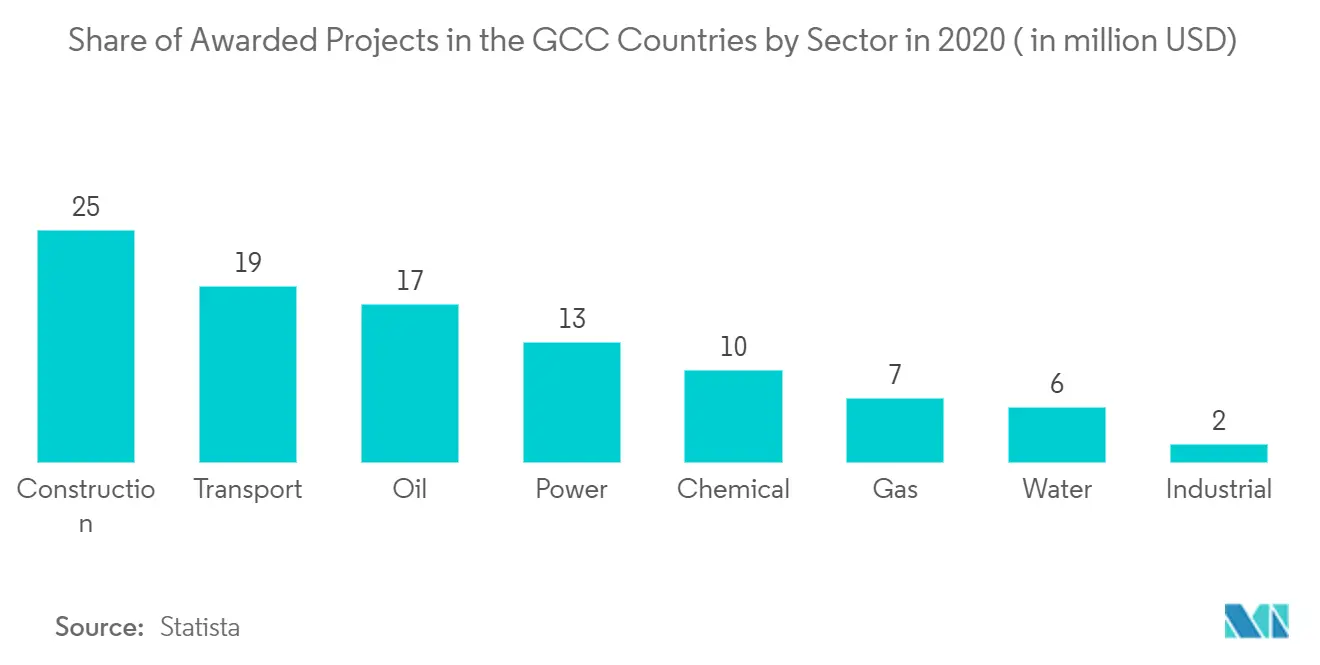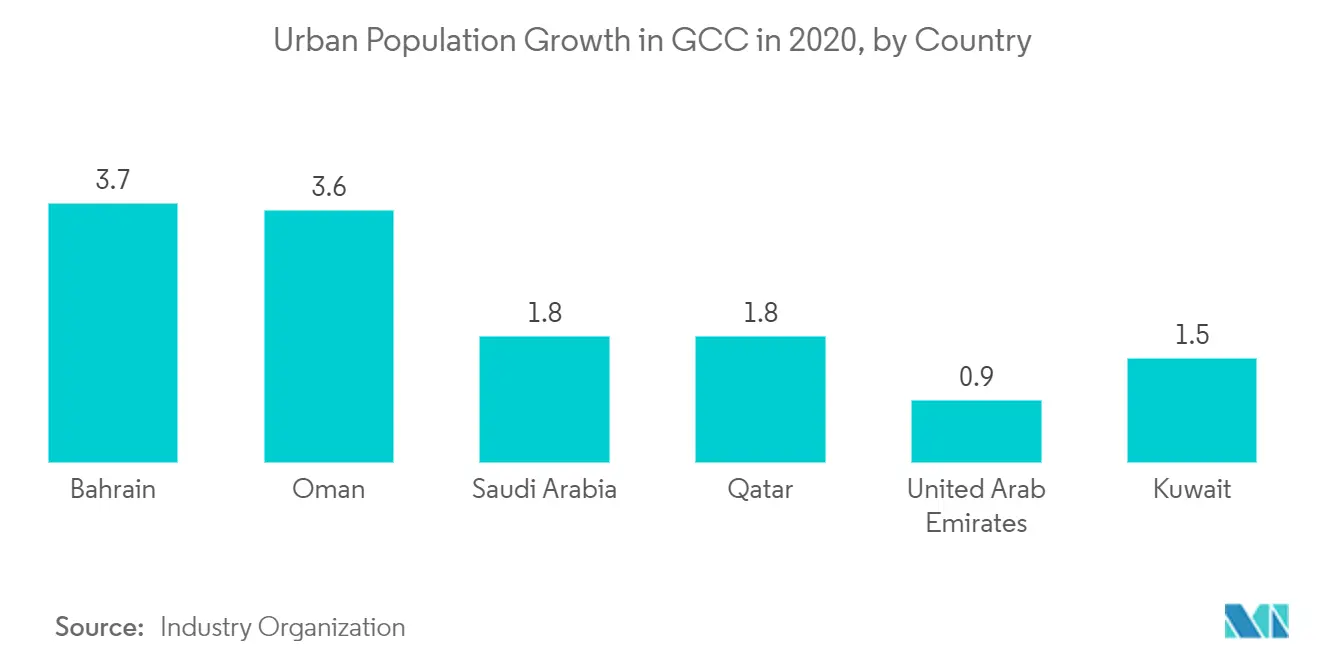Market Trends of GCC Prefabricated Buildings Industry
This section covers the major market trends shaping the GCC Prefabricated Buildings Market according to our research experts:
Government Initiatives Driving the Construction Market
The GCC countries are focusing on economic diversification to reduce the dependence on the oil and gas sector. Thus, they are planning a long-term strategy for sustainable growth. They choose prefabricated buildings and structural steel in the construction sector. Public and private stakeholders increased their investment in the infrastructure sector, creating growth prospects for the market. The surge in tourism and upcoming events in the Gulf Cooperation Council led to a demand for fast and inexpensive construction solutions. Thus, the GCC prefabricated construction market is expected to show moderate growth in the next five years. Prefabricated construction is being widely used in the GCC region, as it helps in waste management and saves energy.

Increasing Demand for Prefabricated Buildings in GCC
There is a rise in the urban population of GCC countries. The population density in the urban areas of GCC countries is increasing due to the inflow of workers from the rural regions toward the urban regions. The prefabricated buildings market is driven by the increasing construction activities across the region and the lack of affordable houses for migrants working for the ongoing development projects in the GCC region. The government is also promoting prefabricated buildings solutions to provide essential residential and other building types in a smaller period. There is an increase in demand for prefabricated buildings because of less construction time and a lack of labor force in the country. There were many operational difficulties associated with COVID-19. The United Arab Emirates construction workers stayed on-site during the pandemic, but social distancing measures resulted in a 10-30% drop in productivity.


